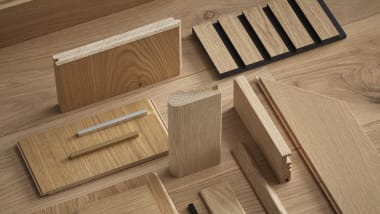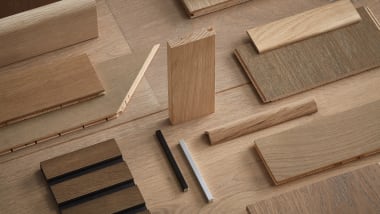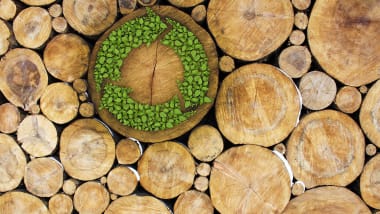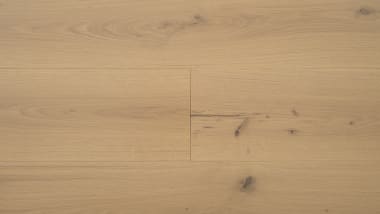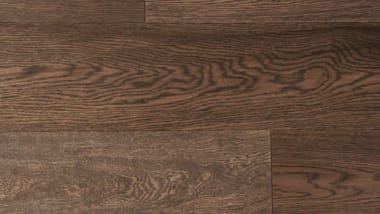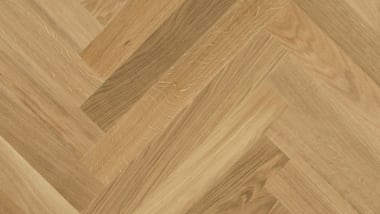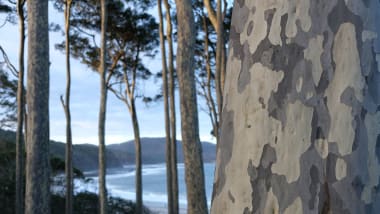The Climate Case for Choosing More Timber
Nature versus nurture
It is generally accepted that CO2 emissions are the principle cause of climate change, and so consideration of the ecological footprint of any product has become as fundamental to the decision-making process as quality, design and price. Wood is nature’s own carbon sink. Growing trees absorb CO2 : in fact, one cubic metre of living wood absorbs almost one tonne of CO2; then they break it down through photosynthesis, release oxygen into the atmosphere and store the carbon. Left to nature, forests achieve a climax stage where the site is supporting its maximum fertility. At this stage new trees only grow as others fall from age or natural disaster; the dead and dying trees emit CO2 from the stored carbon and, since growth is only matched by decay, there is no net increase in carbon storage. Harvesting trees as they mature allows the carbon to be stored throughout the life of the wood product, and the market for wood provides an economic incentive to preserve and replant. This is particularly important in tropical regions where deforestation is frequently seen as a solution to providing energy or land, rather than as a problem.
Growing the forests through the use of wood
Havwoods source many of their products from North America and Europe. European (excluding the Russian Federation) forests are the most intensively managed in the world: just 5% of the world’s total forest land account for 25% of all forest products. Even so, only 64% of the net annual increment is harvested. In fact, forest cover in this region is actually increasing by more than 660,000 hectares every single year. In the States the volume of hardwood growing stock more than doubled between 1953 and 2007, from 5210 million to 11326 million m3, with a further increase of 15-20% forecast through to 2030. Of course, there are many policies and practices in place which back up the economic advantages of reforestation and both Europe and the United States enjoy particularly high levels of protection. In Europe, for example, 12% of its forest areas are set aside to conserve ecological and landscape diversity; more than 1.6m hectares are strict forest reserves, and large tracts of protected forests in northern and eastern Europe are actively managed for biodiversity which, in itself, benefits from harvesting. In essence, this is because different forms of wildlife prefer different habitats, so a mix of stand ages enhances the biodiversity of the region. Furthermore, since opening up the forest floor encourages a flush of grass and herbaceous growth, this increases the food supply for many species, itself increasing the likelihood of animal population growth.
Choose wood for the sake of the planet
Greater use of wood products will stimulate the expansion of the forests and so reduce greenhouse gas emissions. A 4% increase in Europe’s annual wood consumption would sequester an additional 150m tonnes of CO2 every year. Looked at another way, a 10% increase in the percentage of wooden houses in Europe alone would produce sufficient CO2 savings to account for around 25% of the reductions prescribed by the Kyoto Protocol! And Europe alone grows enough wood annually to build such a house every single second. There’s more: the production and processing of wood is highly energy-efficient: every cubic metre of wood used as a substitute for other building materials reduces CO2 emissions by, on average, 1.1 tonnes; it is thermally efficient, and it stores carbon throughout its life – every cubic metre of wood flooring contains 5kg of it; and even at the end of its life a wood product remains ecologically useful since it can be reused, recycled or used as a carbon-neutral, biomass energy substitute for fossil fuels.
Ensure the wood you use is the right wood
A number of international, non-governmental organizations have been established to promote the responsible management of the world’s forests, principally the PEFC® (Program for the Endorsement of Forest Certification) and the FSC® (the Forest Stewardship Council). Products may come from an FSC or PEFC source but they cannot carry the logo unless the chain of custody is approved by the relevant body throughout.
The detailed regulations of the Illegal Logging Prohibition Act are also now in place. Not only is it now illegal to place illegally harvested timber and timber products on the Australian marketplace, but operators also now have due diligence requirements whereby they must assess and manage any risk that the products they are importing or processing have been illegally logged. At Havwoods, of course, we already have our own, extremely stringent requirements as to the provenance and sustainability of any timber which bears our name. Over recent years we have also substantially reduced our offerings of exotic timbers, the species which are most likely to suffer from illegal harvesting, since we consider the demands for unusual colours and finishes can now be met more than adequately by manipulating readily available species like oak. So opt for wood since this is undeniably good for the environment – just make sure that the wood you use is the right wood.






